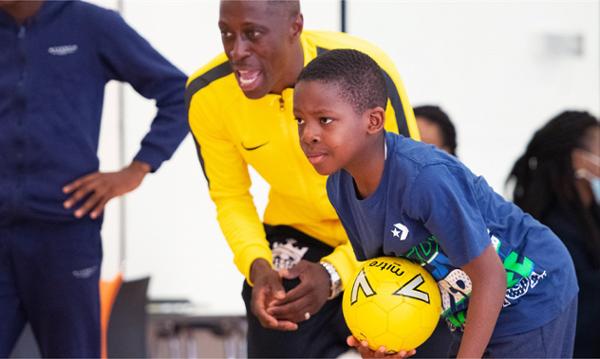Lower socio-economic status (SES) is a determinant of many of the health problems which emerge at older ages, according to research published in 2020, led by Professor Andrew Steptoe from University College London. The study also found low SES is associated with a faster decline in age-related functions, including grip strength and gait speed, sensory function, physiological function, cognitive performance, emotional wellbeing and social function.
Those with lower SES are at increased risk of premature mortality; the development of serious conditions such as coronary heart disease, diabetes and depression, disability and dementia, as a result of chronic allostatic load (the cumulative burden of chronic stress and life events); sustained inflammation and lifestyle factors, including smoking and sedentary behaviour.
The Next Fitness Consumer report found affluent people are more likely to exercise than those in lower socio-economic groups. American households with incomes of at least $150,000 (£144,000, €136,000) a year are more likely to be active than those from households with an income of less than $50,000 (£38,000, €45000) a year.
These stats are also borne out in the UK, where Sport England’s Active Lives survey shows a significant disparity between different socio-economic groups and their engagement in sport and physical activity. Lower socio-economic groups are the most likely to be inactive (33 per cent) and the least likely to be active (54 per cent).
Empower communities
In its report Understanding and addressing inequalities in physical activity, Public Health England recommends diversity training which challenges bias should be mandatory for all workforces and that a range of accessible communication tools are needed across all languages, braille and sign language. Best practice should then be shared across communities, regions, organisations and sectors.
The report said interventions for younger children should focus on encouraging a positive social environment for physical activity and adolescents should be involved in designing interventions. Partnership working with families is important – showing, rather than telling, families how to change behaviours – and designing interventions which help with engagement.
Providing a fun and social taster session for families could be a good starting point, ideally offering a variety of activities and being as low cost as possible, for example peer-to-peer support, free swimming programmes and family-based walks.
It is important that solutions are sought in partnership with communities, so they are needs-driven and individuals can take ownership of what is being delivered. In order to empower communities and foster autonomy, there should be opportunities for role models and peer to peer influencing.
Agents of change
A good example of this is Street Games, which takes sport into disadvantaged areas and engages communities to get active. Working in partnership with an open network of more than 1,500 locally trusted organisations, Street Games puts young people at the centre of their work, empowering them to be leaders and amplifying their voices. They have given access to activity in more than 4,000 poverty-hit localities across the UK.
The organisation is set to receive £10.5m from Sport England over the next five years to co-deliver change at local and national level. Sport England CEO Tim Hollingsworth says this is about long term change and Street Games is one of many partners helping to do this.
Street Games’ CEO, Mark Lawrie, says opportunities to get involved in sport and activity are currently too dependent on background, gender, bank balance and postcode.
“As we continue to build back from the impact of the pandemic, it is more important than ever that young people in underserved communities are given the chance to access the many benefits which sport and physical activity brings,” he says. “Key to achieving this is working with partners to develop a greater understanding of what young people in these communities want and how to cater for their needs.”
Manchester project
Nuffield Health has teamed up with Access Sport in a ground-breaking project to tackle the stark health inequalities across Greater Manchester. The partners are combining resources and expertise to improve the lives of 15,000 disadvantaged local young people and their families over the next two years.
The partnership aims to bring young people into community sport and provide access to Nuffield Health’s Manchester Institute of Health & Performance to allow them to experience sporting opportunities, learn to cycle and inspire the next generation of community leaders.
Compared with the rest of England, Manchester has almost double the number of children under 16 living in poverty and a significantly higher percentage of children aged 10 to 11 who have excess weight.
The partnership will build upon Access Sport’s community sport development model while utilising Nuffield Health’s facilities, experts and educational resources.
Helen Rowbotham, CEO of Access Sport, said this will reach many young people who are currently excluded from community sport. Nuffield Health’s head of charity, Brendan Street, says improving health inequalities will also lead to better employability skills and social mobility.























































